Mexican Oregano vs. Regular Oregano: A Spicy Tale of Two Herbs!
Have you ever stood in your pantry scratching your head, wondering if Mexican oregano is just a fancy name for that jar of regular oregano you’ve had since 2017? Or maybe you’re halfway through making tacos when your recipe says "use Mexican oregano," and all you have is the standard kind—cue the culinary panic.
Well, take a deep breath, because today we’re diving into the fragrant, sometimes confusing world of these two herbs. They may share a name and look suspiciously similar, but trust us—there’s more than meets the eye (and nose). Spoiler alert: they’re not even from the same plant family! So grab your favorite spice grinder, and let’s explore the key differences—and how to use each one like a pro.
Table of Contents
- Origins: Where Do These Herbs Come From?
- Botanical Differences: Are They Even Related?
- Flavor Profile: Taste Test Time!
- Best Uses: When to Use Which?
- Substitutes: What If You Don’t Have Either?
- Storage Tips: Keep Your Oregano Fresh
- Summary Table: Quick Reference
Origins: Where Do These Herbs Come From?
Oregano has traveled far beyond its original roots—literally. The classic “regular” oregano most people are familiar with hails from the Mediterranean, especially Greece and Italy. It’s part of the mint family and has been seasoning dishes for centuries across Europe.
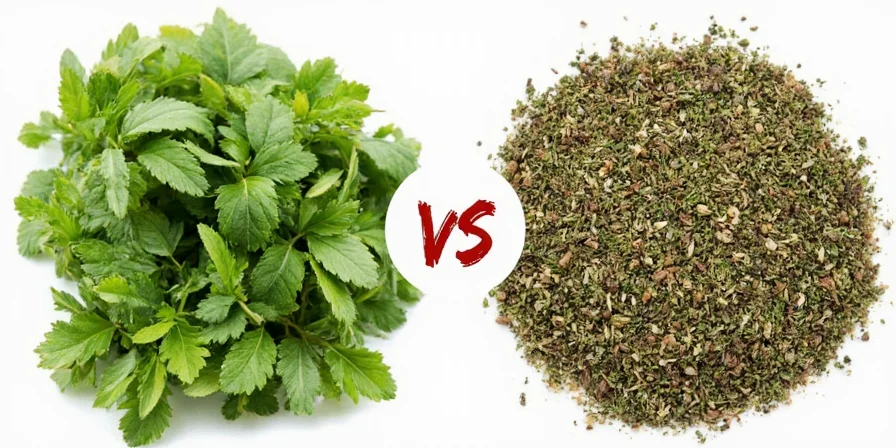
Mexican oregano, on the other hand, isn’t technically oregano at all—it’s actually a member of the verbena family, scientifically known as Lippia graveolens. It thrives in warm climates like Mexico and parts of Central and South America. So while it shares the name “oregano,” it’s like calling a pineapple an apple because they both end in “-le.”
Botanical Differences: Are They Even Related?
Let’s get scientific for a moment—but don’t worry, no lab coat required. Here’s the breakdown:
- Regular Oregano: Scientific name Origanum vulgare, part of the Lamiaceae (mint) family.
- Mexican Oregano: Scientific name Lippia graveolens, part of the Verbenaceae (verbena) family.
So while both bring herbal vibes to the table, they come from completely different botanical neighborhoods. Think of them like cousins who only see each other at weddings but still claim to be “besties.”
Flavor Profile: Taste Test Time!
The real showdown happens on your taste buds. Let’s break down how each herb flavors your food:
- Regular Oregano: Earthy, slightly bitter, with a minty zing. Great for Italian pasta sauces, pizzas, and grilled meats.
- Mexican Oregano: More intense and pungent, with hints of citrus and mild licorice notes. Perfect for salsas, moles, tamales, and other Latin American dishes.
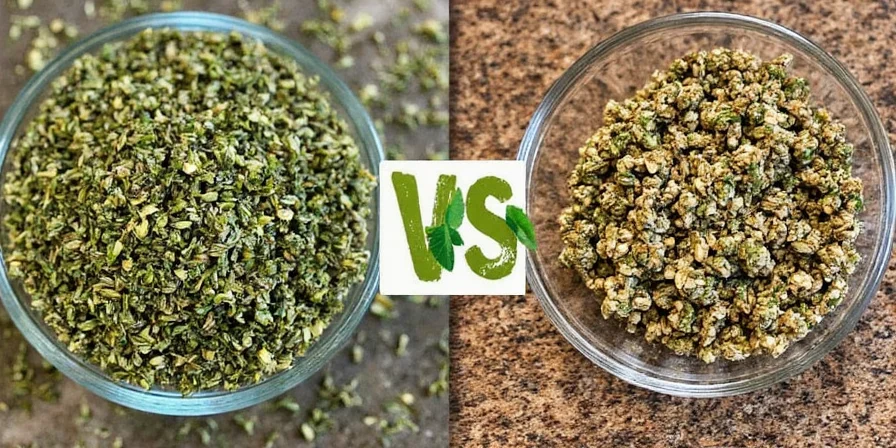
If regular oregano were a song, it’d be a smooth jazz track. Mexican oregano? That’s a high-energy salsa number. Each brings a different mood to the kitchen party.
Best Uses: When to Use Which?
Knowing where each herb shines can make or break your dish. Here’s a handy guide:
| Dish Type | Recommended Oregano | Why? |
|---|---|---|
| Pizza | Regular Oregano | Melds well with tomato sauce and cheese |
| Tacos | Mexican Oregano | Adds depth to meat marinades and salsas |
| Grilled Vegetables | Regular Oregano | Complements olive oil and garlic nicely |
| Mole Sauce | Mexican Oregano | Enhances complex spice layers |
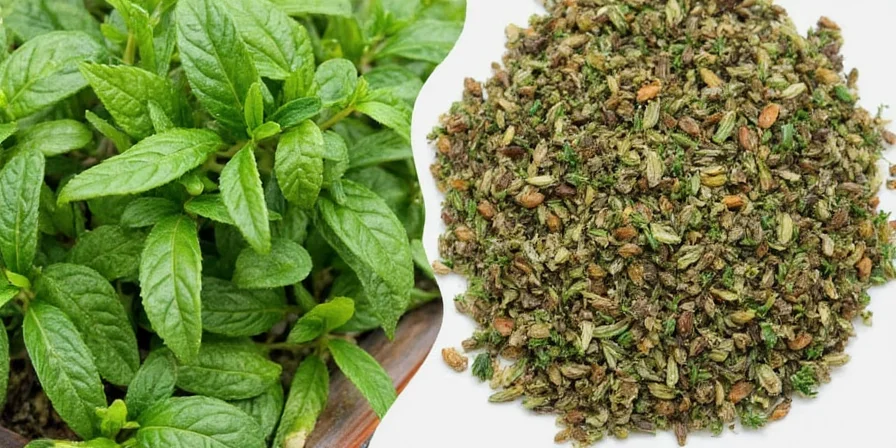
Remember: if you're cooking Italian or Greek cuisine, reach for regular oregano. For Mexican, Tex-Mex, or anything involving chipotle, go Mexican oregano. But more on substitutions next!
Substitutes: What If You Don’t Have Either?
We’ve all been there—you need Mexican oregano, and you’ve got none. Now what? Here are some quick swaps:
- Mariana Thyme: Available in many Latin markets, this is the closest substitute for Mexican oregano.
- Regular Oregano + Lime Zest: Mimic the citrusy punch by adding a bit of lime zest to regular oregano.
- Marjoram: Milder than regular oregano, so use sparingly. Best for delicate dishes.
- Basil or Rosemary: Not ideal, but in a pinch, they can mimic the herbal backbone—especially dried versions.
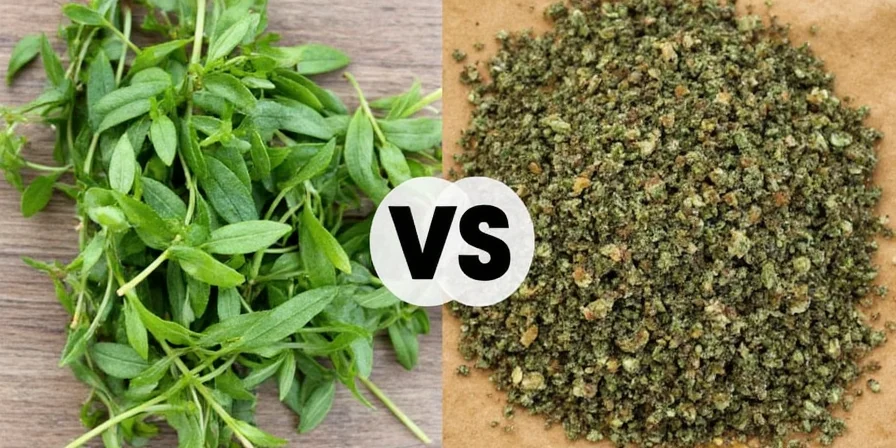
Pro tip: If you must substitute, start with less and adjust to taste. Oregano packs a punch, and nobody wants a mouthful of regret.
Storage Tips: Keep Your Oregano Fresh
Whether fresh or dried, oregano needs love to stay vibrant:
- Whole Leaves: Store in an airtight container away from heat and light. Lasts up to a year.
- Ground Oregano: Keeps potency longer than whole leaves, but still best within 6–9 months.
- Fresh Bunches: Wrap in damp paper towels and refrigerate. Alternatively, freeze chopped leaves in ice cube trays with water or oil.

And remember—heat, moisture, and light are your spices’ worst enemies. Treat your oregano like fine wine: cool, dark, and out of direct sunlight.
Summary Table: Quick Reference
| Characteristic | Mexican Oregano | Regular Oregano |
|---|---|---|
| Scientific Name | Lippia graveolens | Origanum vulgare |
| Family | Verbenaceae (Verbena) | Lamiaceae (Mint) |
| Flavor | Citrusy, pungent, slight licorice | Earthy, minty, slightly bitter |
| Best Used In | Mexican, Tex-Mex, mole, salsas | Italian, Greek, pizza, pasta |
| Substitute Options | Mariana thyme, regular oregano + lime zest | Marjoram, basil |
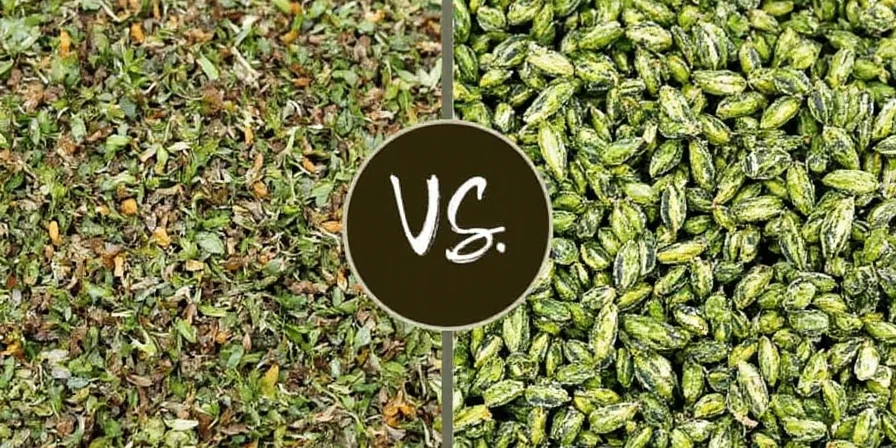
Conclusion: Spice Up Your Life (Literally)
In the battle of Mexican oregano vs. regular oregano, there’s no clear winner—just different roles to play in your spice rack lineup. One might steal the show in a taco filling, while the other elevates a homemade lasagna to greatness.
Understanding their unique qualities not only helps you cook with more confidence, but also opens the door to exploring new cuisines and flavor combinations. So next time you're planning a meal, ask yourself: Is this a smooth-jazz night or a salsa-party kind of situation?
Now that you’re armed with oregano wisdom, go forth and season fearlessly. Your tastiest creation might just be one leaf away.

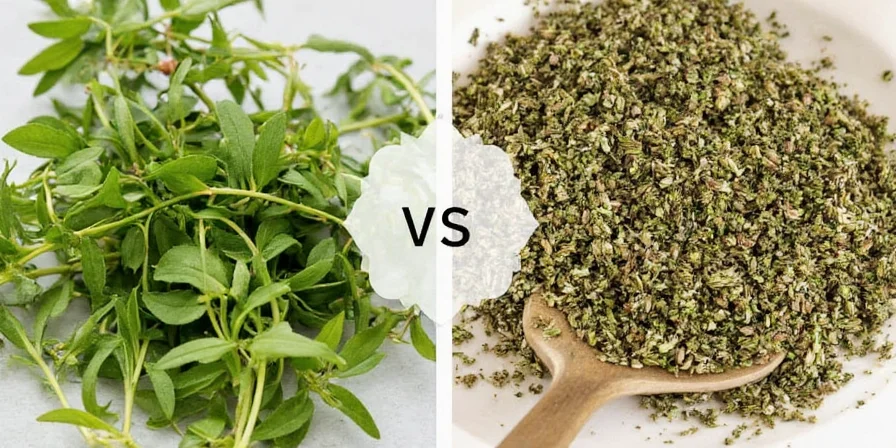









 浙公网安备
33010002000092号
浙公网安备
33010002000092号 浙B2-20120091-4
浙B2-20120091-4